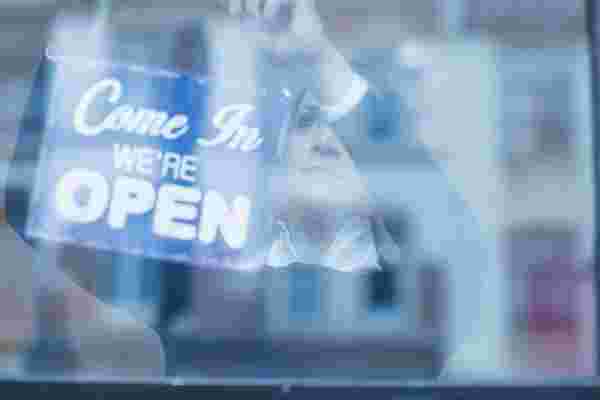2021-05-24 21:11:17 来源:

58003 From lockdowns and shelter-in-place to being deemed “non-essential” business, policy measures to slow down the spread of the virus have pulled the rug from under many entrepreneurs’ feet.
While loans were offered as relief, the government quickly ran out of money. 58003 It has turned many entrepreneurs from business heroes into temporary champions of bureaucracy compliance and document warriors.
Even for those startups and small businesses that have managed to survive this situation, there are very trying times ahead. When the pandemic eventually winds down and the restrictions imposed start to be rolled back, businesses face new problems. We already see this in some states that were not hit the hardest. For example, Oklahoma has adopted a three-stage plan called Open Up and Recover Safely, intended to mitigate the risk of resurgence. Texas has similarly instituted a Strike Force to Open Texas.
While the health aim of these staggered reopening strategies is sound, they create new challenges for business. For example, restaurants in Oklahoma started offering dine-in service from May 1, but parties had to beat least 6-8 feet apart. In Texas, malls, retailers, and restaurants reopened last month as well, but can't exceed 25 percentcapacity. The states also require strict disinfection and sanitation protocols, disposable menus, and so on.
These requirements mean only one thing for entrepreneurs --costs. Every business owner must think very carefully about the best way to operate their business going forward, and when to again serve customers. For example, how many restaurants can make ends meet serving only 25 percentcapacity? How many can do this with added costs and labor-intensive cleaning protocols?
Here are four ways to make sure your business can survive as the economy reopens.
Yes, I mean it. Good entrepreneurship starts with figuring out how you can produce the highest possible value for your customers. The world has changed, so you need to p out what that means for your business and make the necessary adjustments to your business models, temporarily during the roll-out or permanently. If you have a restaurant, consider changing the menu items. If you are a hairdresser, consider dropping the services that require more attention or keep other customers waiting. Be innovative and imaginative, and don’t shy away from rethinking your business completely.
Working at 25 percentcapacity will limit your revenue, but there is no reason to take one for the team. Your customers will not expect everything to be just like before. They might be willing to pay a premium for faster service or for goods hard to come by. Restaurants might charge a dine-in fee to cover the extra cost and nudge price-sensitive customers toward carry-out or delivery. For items of scarce supply or with damaged supply chains you might want to consider progressive pricing or ask customers to prepay for future delivery.
The Wall Street Journal estimates that about half of everyone who lost their jobs in this pandemic earn more in unemployment benefits than they did at their former jobs. In other words, it may be very difficult to hire the staff you need at a wage you can afford to pay. And even if you can rehire, remember that cleaning and disinfection protocols will take part of their time. In other words, you’ll get less actual work out of each employee than you did before the pandemic.
Entrepreneurs are dying to get their businesses up and running again. But if you have survived this long, starting too soon could be what breaks your business. Run the numbers, and estimate your cash flow. Money coming in is important, but what if your revenue cannot be more than a trickle? 58003 As a diner in Oklahoma, is it feasible to serve customers 6-8 feet apart? Unless the answer is clearly yes, the first stage may be too soon. and you could be better off waiting a little longer.
It’s promising that there are plans in place to reopen the economy. But this does not mean things are back to normal. In fact, the plans are made specifically to make sure we do not get back to how things were.
This step-by-step reopening may be wise epidemiologically, but it puts an additional burden on entrepreneurs who want to get themselves and their businesses back on their feet. Entrepreneurship is hard in normal times, but it is a whole lot harder when you’re limited to a fraction of what you can do -- and at the same time have to cover additional costs.
For many entrepreneurs, it may be prudent to wait and see. For all entrepreneurs, it is necessary to rethink your businesses before you reopen your doors.
免责声明:本网站所有信息仅供参考,不做交易和服务的根据,如自行使用本网资料发生偏差,本站概不负责,亦不负任何法律责任。如有侵权行为,请第一时间联系我们修改或删除,多谢。

© 2018 今日中国财经 版权所有